Top speed 463 km/h Length 11 m | Wingspan 12 m First flight May 30, 1947 | |
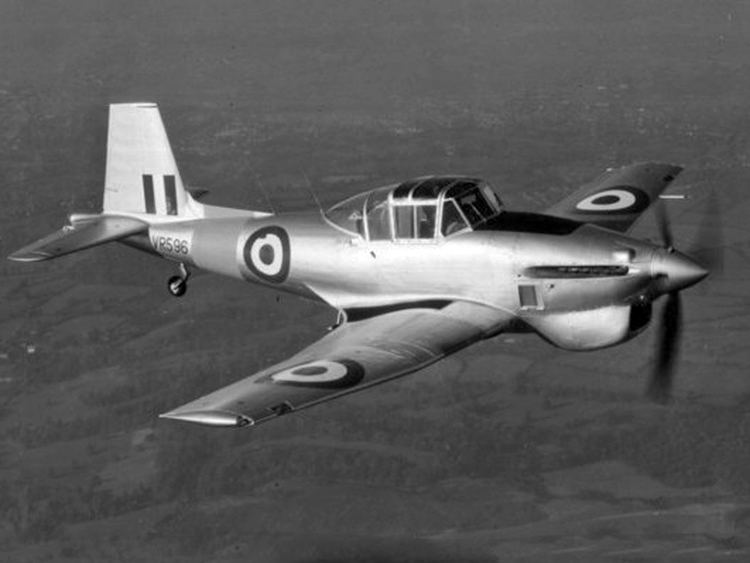 | ||
The Boulton Paul Balliol and Sea Balliol were monoplane military advanced trainer aircraft built for the Royal Air Force (RAF) and the Royal Navy Fleet Air Arm (FAA) by Boulton Paul Aircraft. Developed in the late 1940s the Balliol was designed to replace the North American Harvard trainer and used the Rolls-Royce Merlin engine, with the Sea Balliol a naval version for deck landing training.
Contents
- Design and development
- Operational history
- Variants
- Operators
- Sri Lanka
- United Kingdom
- Specifications T2
- References
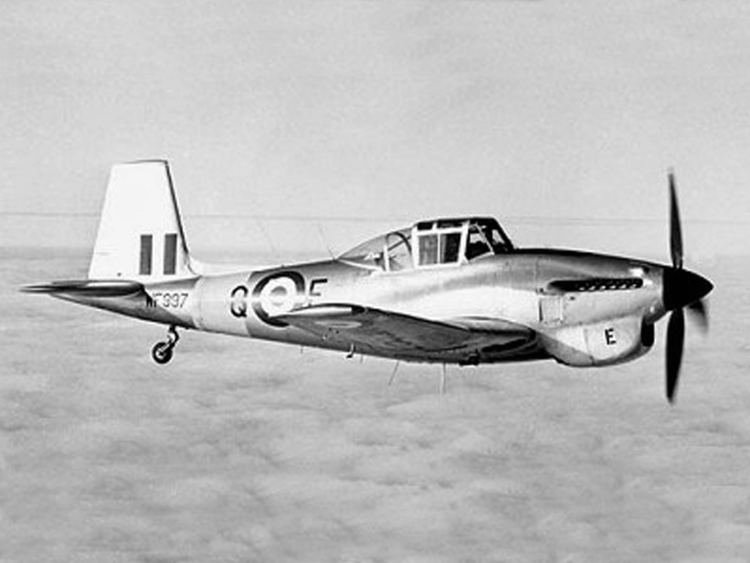
Design and development
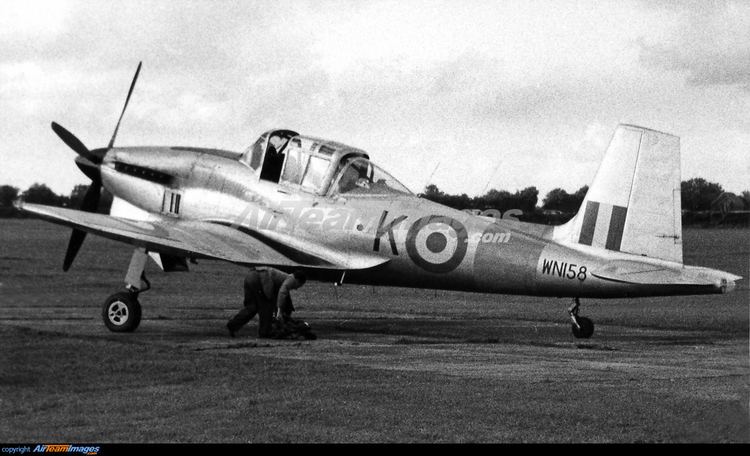
The Balliol was developed to meet Air Ministry Specification T.7/45 for a three-seat advanced trainer powered by a turboprop engine, competing against the Avro Athena. It was a conventional low-wing monoplane with a retractable main undercarriage and a fixed tailwheel. Pilot and instructor sat side by side ahead of the observer. The first prototype first flew on 30 May 1947, being temporarily powered by an 820 hp (611 kW) Bristol Mercury 30 radial engine. The second prototype, powered by the intended Armstrong Siddeley Mamba turboprop, first flew on 17 May 1948, the world's first single-engined turboprop aircraft to fly. The Air Ministry had second thoughts about its training requirements, and issued a new specification, T.14/47, requiring a two-seat trainer, powered by a Rolls-Royce Merlin piston engine.
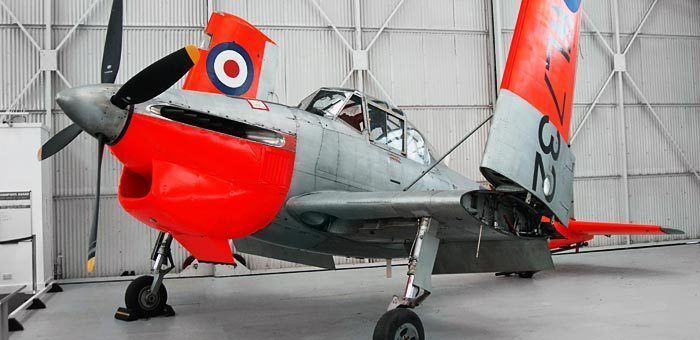
The Merlin powered Balliol, designated Balliol T.2, first flew on 10 July 1948, and after extensive evaluation, it was chosen over the Athena, with large orders being placed to replace some of the Harvards in RAF service. The observer's seat of the Mk 1 was removed, the side-by-side seats remaining.
The Sea Balliol T.21 had folding wings and arrestor hook for deck landings.
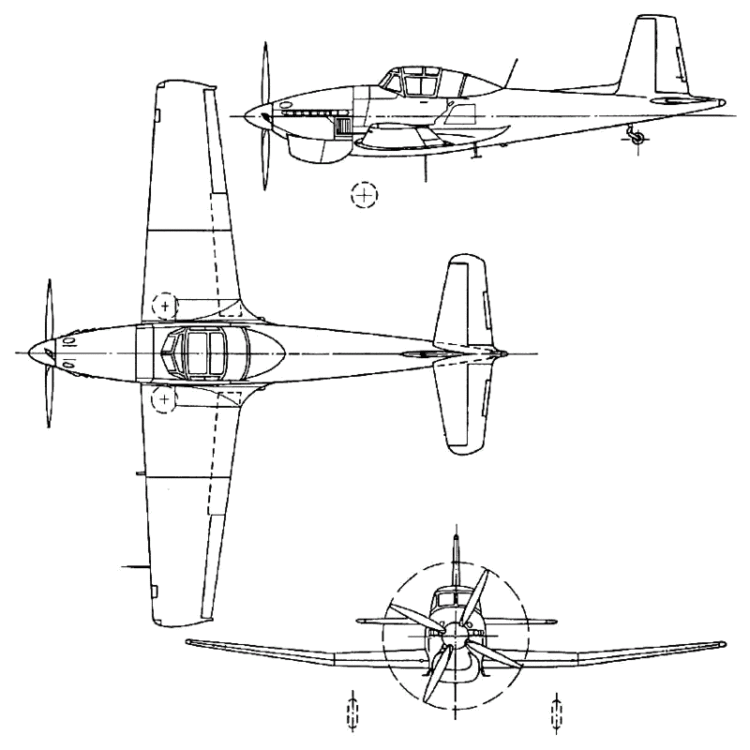
By 1951, however, the Air Ministry changed its mind about its training requirements yet again and decided to introduce a jet-powered advanced trainer, the de Havilland Vampire T.Mk11.
Operational history
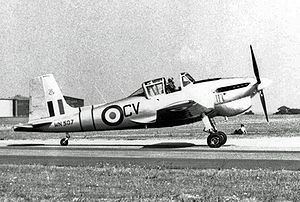
Pre-production Balliols were delivered to the RAF's Central Flying School in 1950, but with the change in air-training policy, the Balliol was only delivered to one Flying Training School, - No. 7 at RAF Cottesmore, replacing their Harvards. The Balliol later served at the RAF College, Cranwell until replaced there by the de Havilland Vampire T.Mk 11 in 1956. The Balliol also saw limited squadron service from 1953 with No. 288 Squadron RAF based at RAF Middle Wallop. Operations continued until the squadron was disbanded in September 1957.
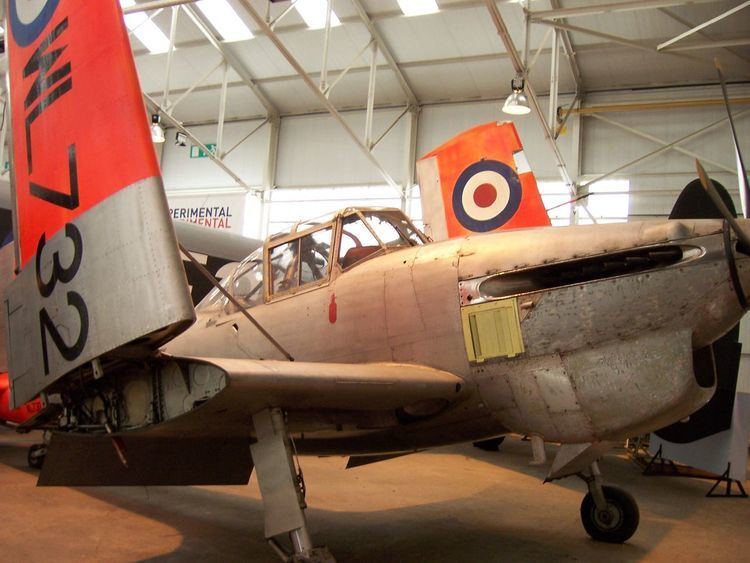
The Sea Balliols served with 781 squadron at Lee-on-Solent and 1843 Squadron RNVR at Abbotsinch. The last one was delivered in December 1954. Some remained active at Abbotsinch until September 1963.
Two Balliols were used for the testing of radar absorbing coatings.
The only Balliols exported were 12 Mk.2s to the Royal Ceylon Air Force, 7 from RAF cancelled contracts and five from RAF stocks, which were replaced by a further five production aircraft.
Variants
Operators
Sri Lanka
United Kingdom
Specifications (T.2)
Data from Aircraft of the Royal Air Force
General characteristics
Performance
Armament
